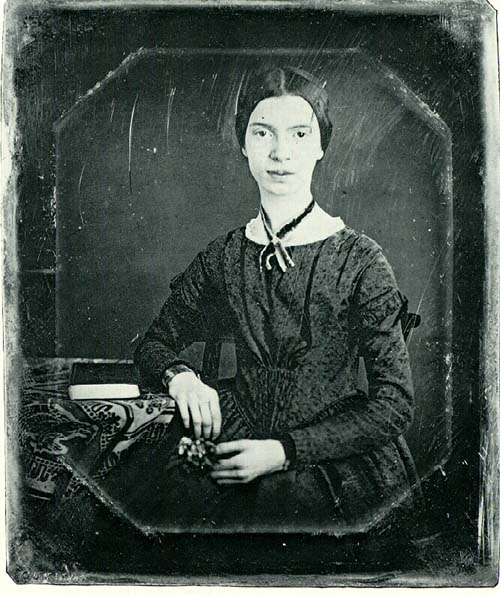
This erudite article was found in the Frye Fonds at the Victoria University Library. The identity of “LLAR EGGUB” is unknown. Spelled backwards, it is “Bugger All.” “Llareggub” is the small Welsh village in Dylan Thomas’s Under Milk Wood. (Cross-posted in the Denham Library here.)
Scholarship in the humanities and social sciences has this century turned its attention to the function of man as a myth-maker. A great deal of scholarly energy and vast tracts of B.C. forest have been expended in explorations of the nature of man and his myths and rituals.
I see no absurdity in extending the critical principles of mythopoeia to examine individuals themselves. Let’s start with Northrop Frye. Is he a myth as well?
First, what evidence do we have that he really exists? Eyewitness reports are highly suspect, even inadmissible. Preppies who claim to have “experienced” his “lectures” are likely brainwashed. It wouldn’t require much washing either.
Second, Frye is reputed to have a “tabernacle” at Massey College. But who’s ever been in there? Don’t even pretend you have, or will.
Let’s face it, there’s no use trying to extricate a “kerygma” from this myth. There is no real evidence for the existence of an “historical Frye”.
But if we turn from biographical and empirical approaches to the mythopoeic, these pseudo-critical “problems” disappear. Frye’s “reality” is irrelevant. Evidence which is indisputable points conclusively to an understanding of Frye as a sun-god, “displaced” by “romantic” Vic “students” to the level of a “culture hero”––a figure of “enlightenment”!
We have only to turn to world mythologies for analogous processes. For instance, in Polish mythology, the sun-god wears rimless glasses. So does Frye, according to reliable sources.
As if that wasn’t enough, in Greek mythology, the sun does not sit in a chair. And in the devotional icon of him in Pratt library, Frye does not sit in a chair either.
And in all primitive cultures (such as South House), the dazzling presence of the sun can provoke the sacred awe, the “religio,” as does the sun reflected from rimless glasses. This was prevalent in Egypt, where until the Hashish dynasty rimless glasses were sacred and expensive.
Similarly, ancient Sumerian postcards often depict the deity Shamash-ole with a pet aardvark. Frye’s liturgical connections with aardvarks are too well known to reproduce here. Suffice it to say that in Swahili, “Frye” means “aardvark”.
Then, Frye, like the sun, is said to be extremely, if not perilously, “bright.”
The sun, in almost all mythologies, rises in the morning, showers, and traces his course across the heavens, to sink in the evening . (The exception is in Irish mythology, where the sun is mistaken for a civilian every evening and blown up.) In a startling parallel, Frye’s apostles admit that he, too, “rises” in the morning, brushes his teeth, writes a book, and traces his way to Vic.
In an even stronger parallel, apocryphal texts infer that Frye ate a baloney sandwich at midday. This is surely a primitive recollection of solar flares.
And finally, Frye is said to trace a course westward in the evening. He is said to enter the common flow of humanity at the subway, jump the turnstile, and ride the silver Ouroboros through the underworld to his mysterious “house” in the West.
The cult and influence of Frye is pervasive, with priests proselytizing everywhere, followers (“small-Fryes”) on the campus, and reviews in every second issue of Maclean’s.
“Frye-dolatry” is a vast religious movement, powerful, and feared by pagan professors everywhere. Colonel Sanders has already received a franchise for a chicken “Myth-Bucket” (one “self-contained” piece) and a formula for removal of “Anagogic Acne” is near its “total form” of development. Is it not time for the scholarly community to investigate beyond notions of a “literal” Frye?
LLAR EGGUB
Llar Eggub (signed)






